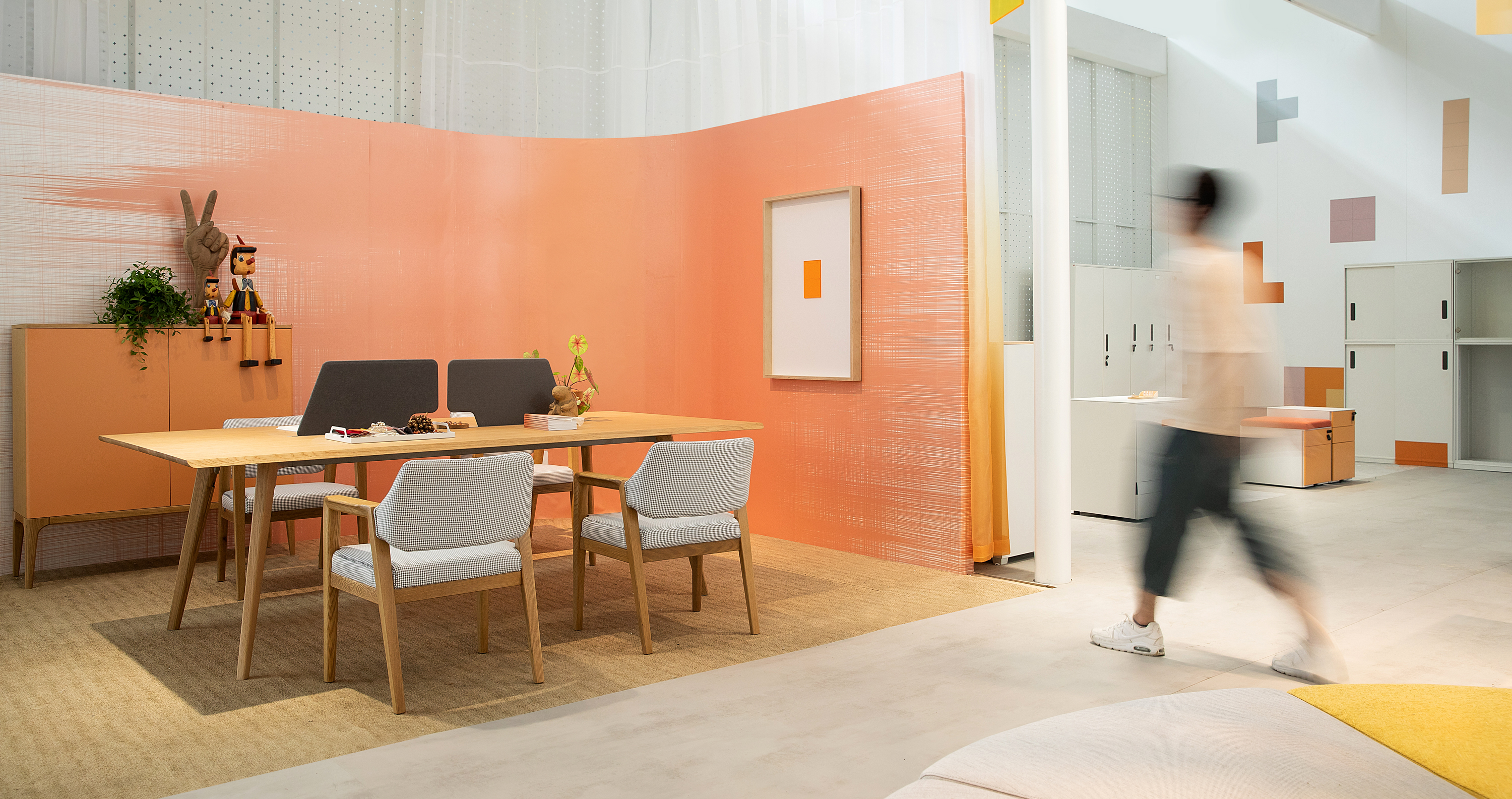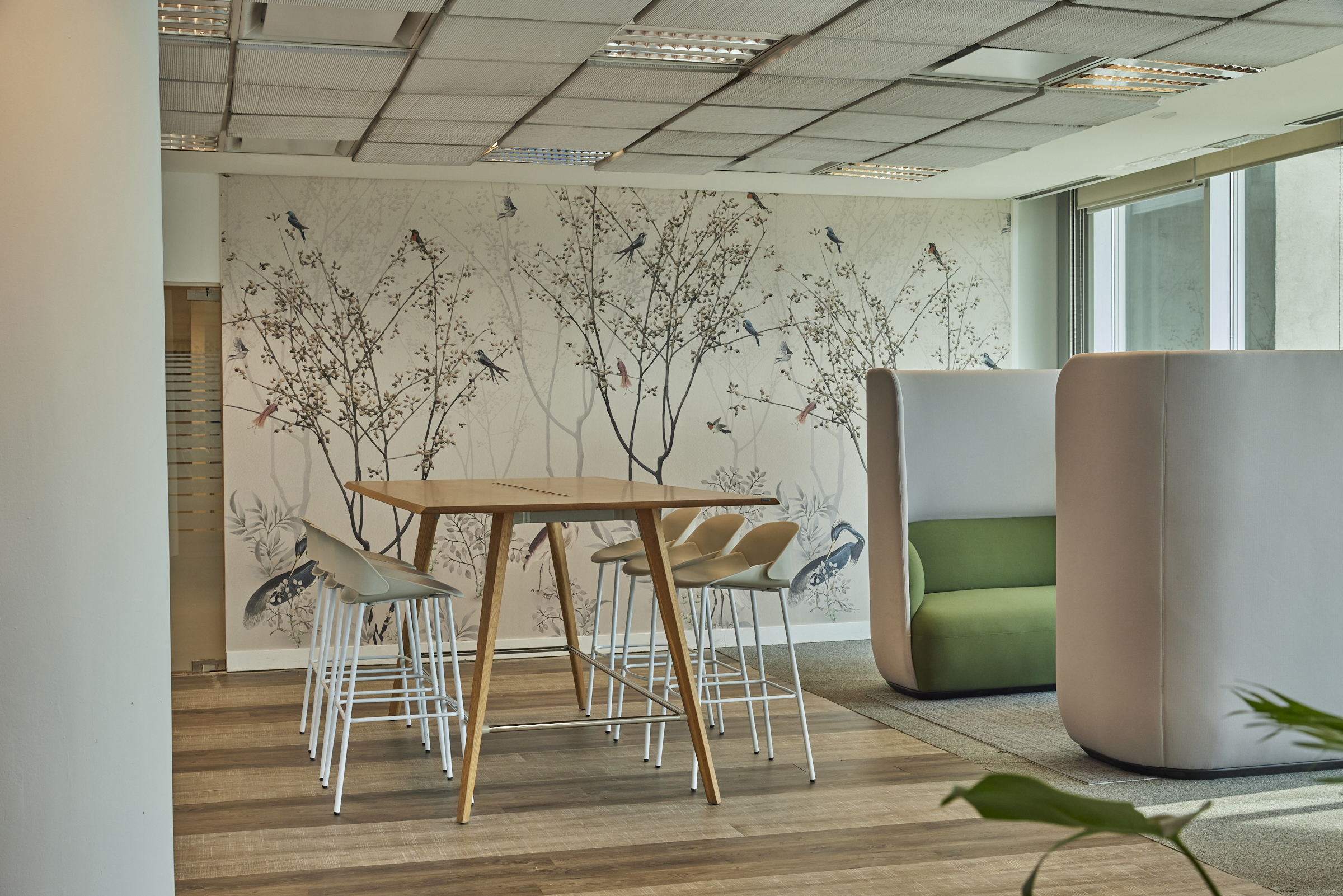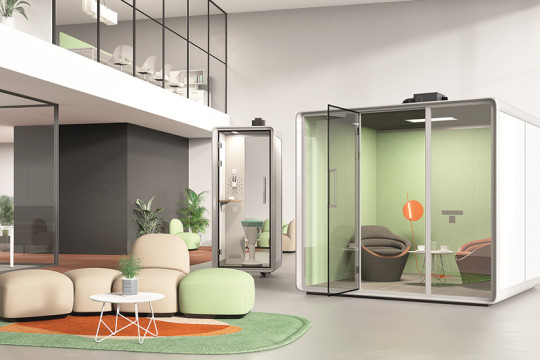How to Create a Minimal and Serene Office using Japandi Design Philosophy
The minimalist aesthetic has been popular for a while. People are willing to give up their material goods, declutter, and focus on simplicity. It should come as no surprise that the 'Japandi' style interior trend has swept the globe given how widely embraced the minimalist movement is. Because they are so cozy, useful, and elegant, styles like the Japandi style are influencing workplace interior design.
But what exactly is "Japandi" and how can it be added to your office environment?

What is Japandi?
As the name implies, Japandi combines Scandinavian and Japanese design concepts. Even though Japan and Scandinavia are so far apart and have such contrasting cultures, they both adhere to the same fundamental design principles, which include a great regard for the natural world and handicraft as well as an appreciation for utility and simplicity. This hybrid aesthetic creates a distinct, well-balanced, and minimalist approach to interior design by combining the finest features of each style.
The term "Japandi" derives from the Japanese concept of "wabi sabi," which refers to the admiration of beauty that is partial, transient, or imperfect. Along with this, the Scandinavian idea of "Hygge," which refers to a sense of coziness, contentment, and wellness, is used. The efficient, streamlined, and subdued color schemes of Scandinavian design are also noteworthy. It focuses on establishing a practical and serene environment that encourages serenity and awareness. The result of many years of mutual admiration is the Japandi style and is created using aspects from both cultures' styles and aesthetics.
A big part of the Japandi design concept is minimalism. Living simply is using only what is required and making sure that everything has a use. Vacant space is not wasted space; it is breathing room in a Japandi office. A minimalist Japandi office means a clean space, free from unnecessary clutter.

How to create a Japandi style office?
The foundation of Japandi design is simplicity. It's crucial to comprehend the components of the Japandi style before attempting to use it in an office setting. The following characteristics define the Japandi style:
- Neutral and Warm Colors
- Sustainable and Natural Materials
- Minimalistic Furniture
- More Natural Light
- Clean Lines
- Uncluttered Décor
Minimalistic Office Furniture
Select pieces of furniture with basic patterns, natural wood, and subdued colors. When it comes to Japandi, wooden furniture is a must because it is perfect for office desks, tables, and seats. Clean lines, organic natural forms, and materials must all be present in these pieces of office furniture. Pick furniture produced from FSC-certified wood to verify that the wood was sustainably obtained and did not result in deforestation. These elements promote a tranquil and grounded feeling while also reflecting the nature-inspired aesthetics of Japandi style.
Add Natural Light
Natural light is extremely important in both Japanese and Scandinavian civilizations. Increasing the amount of natural light in an office space has a major positive impact on employees' health and wellbeing, which increases productivity. Use wide windows or skylights if you can, and choose bright, reflecting color palettes to help lighten up the space.

Biophilic Elements
Inherent in both Scandinavian and Japanese design traditions, nature plays a key part in Japandi style. Biophilic design features soften minimalist spaces, which is what the Japandi style is all about in addition to making the office seem more friendly. Numerous psychological and physical health advantages result from this, including enhanced cognitive performance.
Keep it Organized
An ordered workstation is necessary for a tranquil and pleasant Japandi office. You are advised to just keep what you actually need in order to maintain every place as uncluttered as possible. In order to preserve a simple, minimalist design while maximizing space and utility, multipurpose furniture might be useful. Workstations with in-built storage are advised and use a filing system to keep track of crucial documents or materials.
Calming Color Palette
A crucial stage in this process is developing a soothing color scheme. This entails creating a balance between the warm, earthy hues typical of Japanese aesthetics and the cold, subdued tones frequently found in Scandinavian design. Warm whites, cool grays, and light blues are examples of neutral hues that can promote relaxation.
Another piece of advice is to stay away from anything with an excessively strong or vivid color. This is due to the fact that a Japandi style should emphasize fostering a tranquil and harmonious environment.

The Takeaway
Your office may be made to be both visually beautiful and practical by using aspects of both Scandinavian and Japanese design. Your office may become a paradise of productivity and creativity with the appropriate design decisions. These fundamental ideas of minimalism and simplicity stand in stark contrast to the materialistic and economic society we currently inhabit. The Japandi style tells us that simplicity is ideal in spite of the world.


